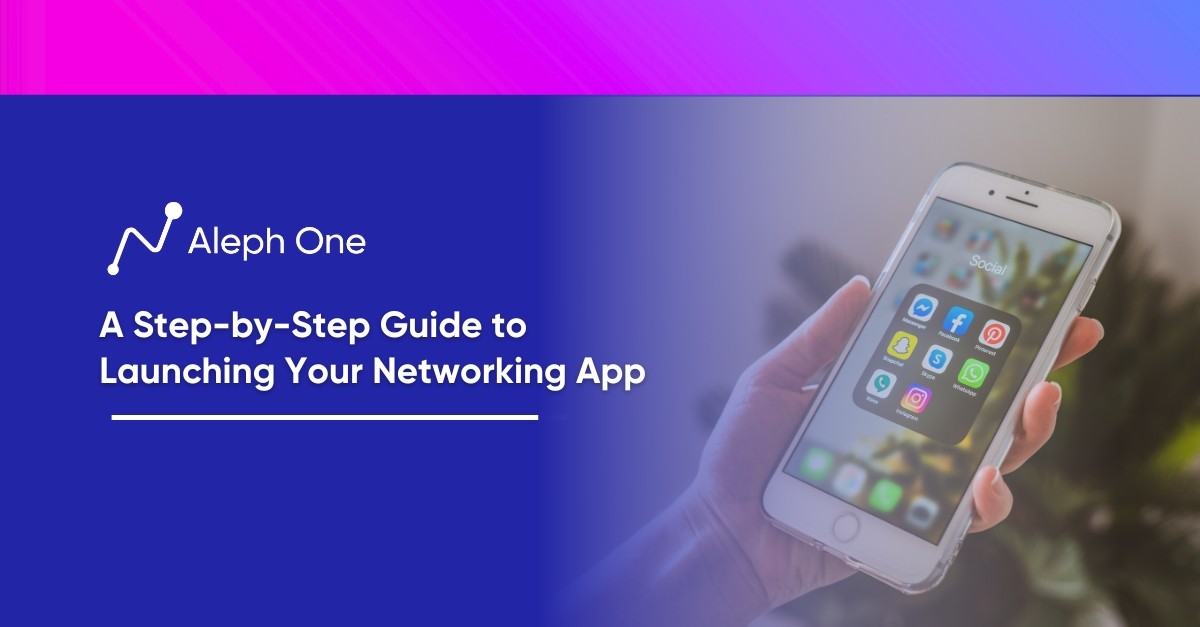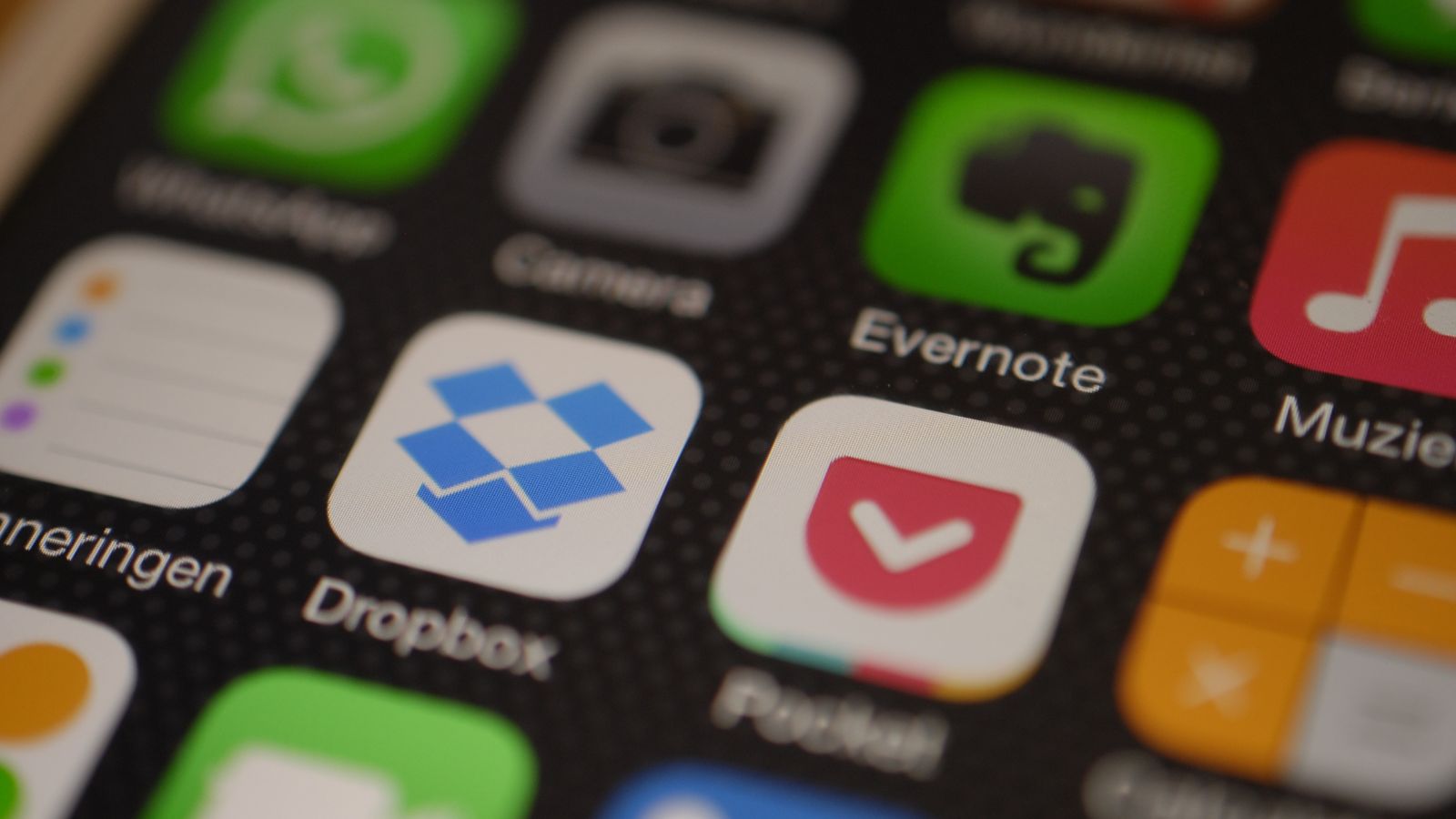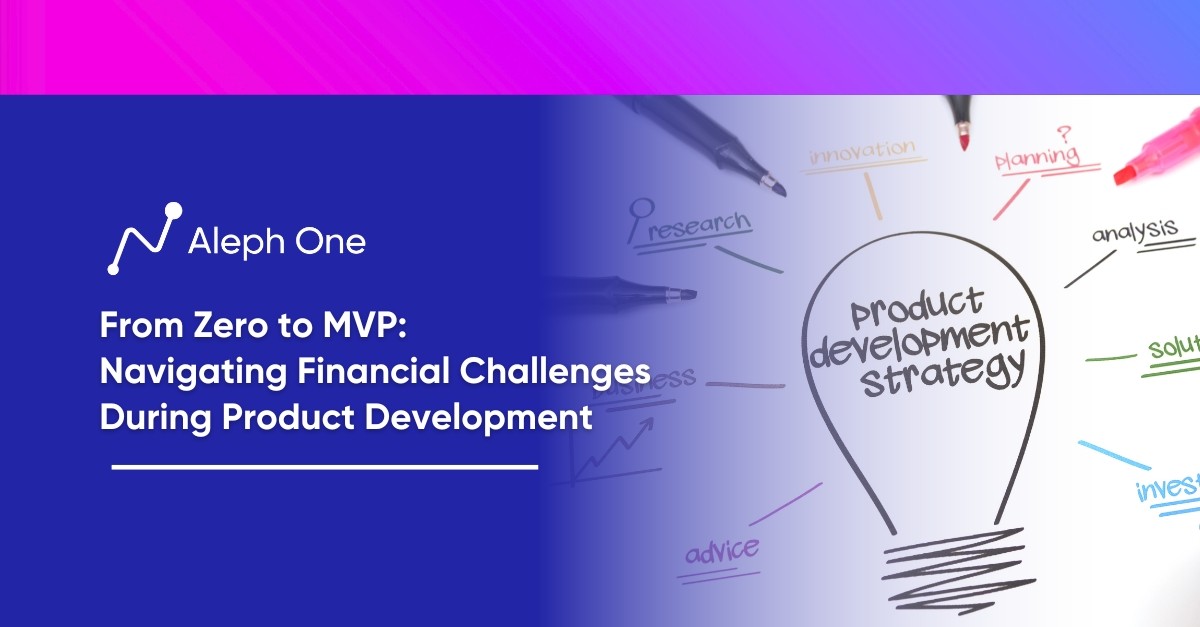Let’s work together to build something amazing. Share your project details and our team will reply to figure out the next steps to your success.

Launching a successful networking app in today’s saturated app market can be daunting, with 99% of app ideas failing to launch. The truth is that many app ideas need more market, face fierce competition, encounter technical constraints, or need more funding. This comprehensive guide will take you through a step-by-step process, from idea to validation, to help you navigate the challenges and increase your chances of success. By learning from the failures of past app ideas, finding your niche, understanding your target audience, standing out from competitors, building a minimum viable product (MVP), and implementing effective growth hacking strategies, you’ll be well-equipped to launch your networking app and acquire a substantial user base.

The Truth About App Ideas: Why 99% Fail
Recent data shows that over 2 million apps have been published on the App Store, but the vast majority quickly fade into obscurity. A study by Adjust found that just 1% of apps make up nearly 80% of all downloads. The odds are stacked against new apps; most fail within the first year.
Some of the most common reasons why app ideas fail are:
- Lack of market need: Many apps are solutions looking for a problem. The idea may seem clever or exciting to the developer but needs a real need or use case for users. With a clear value proposition, an app can succeed.
- Too much competition: App stores are oversaturated with thousands of competing apps in every category. If an idea has already been done, gaining traction will be nearly impossible without a unique twist. Copycat apps rarely succeed.
- Technical constraints: Some app ideas need to be simplified to build or require resources that developers need access to. If the technical skills and funding aren’t in place to make the idea, it will never progress beyond the concept stage.
- Lack of funding: Many promising app startups fail due to a lack of funding and resources to sustain development and growth. Without investment from founders, investors, or revenue models, apps often stall in the early stages.
Examples of Failed Apps
Examples of failed app ideas in the past decade include the Color social network, Yo messaging app, and Yik Yak anonymous social network. While these seemed like innovative concepts initially, they needed elements for long-term success, like market need, differentiation, and monetization models. With millions of apps competing for attention, execution, and endurance are everything. Most app ideas will fail, but learning from their mistakes can help set others up for success.
Find Your Niche: The Hunt for the Killer App Concept
You need a killer concept that meets an unmet need to succeed in the crowded app market. The key is finding a niche—a specific segment of users with a shared interest or problem. Some of the most popular apps today have found a place and dominated it. For example, TikTok capitalized on short-form mobile video, Uber tapped into the sharing economy, and Headspace targeted mindfulness and meditation.
How to Identify Your Niche
To identify your niche, brainstorm concepts based on your interests, skills, and experience. Evaluate each idea based on three criteria:
- Uniqueness: How original is the concept? Indeed innovative ideas are rare, so look for a novel combination of existing ideas or a new twist on an old one. If there are already many similar apps, your concept may need to be made aware of the noise.
- Target market size: Consider your app concept’s total number of potential users. While a niche focus is good, the market must still be large enough to support a sustainable business. Do some research to estimate the potential user base.
- Growth potential: Look for a concept that could expand into related areas over time. For example, an app for learning to code could eventually develop into other technical skills. An app for new mothers could grow to target toddlers and beyond. Growth potential will allow you to scale.
Do Initial Validation for Your App
Once you have a few promising concepts, do some initial validation. Search the app stores to analyze competing apps and see what’s missing. Read reviews to discover what users like and dislike about the existing options. Survey or interview potential users to determine if there’s interest in your concept. If feedback is positive and you find an unclaimed niche, you may have a killer idea worth pursuing.
With a unique concept, a transparent target market, and growth potential, you’ll be poised to tap into a niche and build the next breakout app. But first, you need to deeply understand your target users—the topic we’ll cover in the next section.
Know Your Audience: A Peek Inside the Mind of App Users
To build an app that resonates with users. Conducting market research, user interviews, and surveys is critical to gaining insights into your potential users’ pain points, needs, and motivations.
Conduct Surveys with Target Users
For example, when developing a networking app for busy professionals, you may find through surveys that your target users need more time to connect with new people in their industry due to a lack of time and find formal networking events inefficient. This insight highlights the need for a more streamlined way to network on the go, which you can then build into your app concept and messaging.
User Interviews
User interviews also provide qualitative data about how people think and feel. Speaking to even just 5 to 10 potential users about their challenges, goals, and “wish list” for an app can uncover revelations to guide your development. For instance, interviews with young professionals may reveal they wish for a networking app focused on mentorship and career growth rather than just socializing and exchanging business cards.
Third-Party Market Research
Leveraging third-party market research and reports on trends in your industry is another way to gather critical insights about your target market. For a networking app, research may show that most young professionals today rely on digital connections over in-person interactions and prefer more authentic networking via small groups and shared interests rather than huge general events.
Data and Insights Key Takeaways
The more data and insights you can gather about your potential users, the better. Some key takeaways to look for include the following:
- Common pain points and unmet needs: What problems do users struggle with that your app could solve?
- Key motivations and goals: Why do users want to network, and what do they aim to achieve? How can your app fulfill these motivations?
- Preferred platforms and features: What devices do your target users spend time on? What kinds of features would they find most valuable?
- Objections and concerns: What barriers or problems might prevent your target audience from using a networking app? How can you address these objections?
By truly understanding the mindset and behaviors of your potential users, you can build an app experience tailored to them. Combine qualitative insights with complex data and statistics to create a well-rounded view of your target audience. The more you know your users, the higher your app’s chances to succeed.
Learn from Competitors: How to Stand Out in a Crowded Market
While your app is unique, chances are there are already competitors in the market. Evaluating competitors is critical to determine how to differentiate your app and gain a competitive advantage. Study competitors’ apps by downloading them, creating user accounts, and analyzing their performance. Look for strengths, weaknesses, gaps, or niche areas you can capitalize on.
How to Stand Out From Your Competitors
The most successful apps stand out in a crowded market through a few key strategies:
- Focus on a niche: Target a specific niche demographic or use case that competitors still need to satisfy fully. For example, Strava built a hugely popular social network for cycling and running enthusiasts, while MapMyRun focuses specifically on runners. A niche focus allows you to serve a dedicated audience sincerely.
- Superior user experience: If you can provide an experience far surpassing competitors, you’ll gain loyal users. Robinhood offered a slick stock trading app with zero commissions, disrupting incumbents. Clubhouse gained massive popularity by providing an inviting audio-only social experience.
- Value-added features: Give users features or services you can’t get anywhere else. PayPal enabled seamless peer-to-peer payments. TikTok introduced short-form videos and pioneered new creative effects and editing tools.
- Constant improvement: Successful apps continuously improve, update, and add new features to engage users. Don’t launch your app and abandon it—keep optimizing, get feedback, and enhance the experience over time. Regular improvements and updates will strengthen your competitive position.
With thousands of new apps launching monthly, gaining a competitive advantage is challenging but critical. By focusing on a niche, providing a fantastic user experience, offering unique value, and constantly improving, your app can stand out even in the most crowded markets.
Build Your MVP: A Blueprint for Success
You must build a minimum viable product or MVP to validate your app idea. An MVP is a basic version of your app with just enough features to be usable by early adopters. An MVP aims to test your assumptions, get real user feedback, and determine if you should proceed with full development.
1) Identify the Core Features of Your App
First, identify the core features that define your app concept and will resonate most with target users. Focus on solving one main problem well. Keep your MVP as simple as possible—you can always add more features later.
2) Choose a Platform to Build your MVP
If you have technical skills, you can make a basic native app using Xcode or Android Studio. If not, use a “low-code” platform like Bubble or Glide to create a web app MVP without coding. You can also hire freelance developers to build a prototype for you.
3) Find a Technical Partner
Find a CTO or technical co-founder to help bring your vision to life. Interview candidates with experience building MVPs and consider a firm that offers a “startup bundle” with discounted services. Be very detailed in your specifications so your MVP meets expectations.
4) Launch Your MVP & Collect Feedback
Finally, launch your MVP and start collecting feedback. Contact friends, family, and target users to test the app and provide honest reviews. Look for patterns in their comments to determine what’s working and not working. Be prepared to make changes to improve the experience.
Some examples of successful MVPs include:
- Uber’s first MVP was just their app with a map to connect users to drivers. They started in one city to prove the concept before expanding globally.
- Dropbox launched a 3-minute video demo to validate demand before building their product. The video went viral and generated 75,000 signups, securing $1.2M in seed funding.
- Oculus built its first virtual reality headset prototype in a garage to raise money on Kickstarter. Their MVP raised $2.4M from backers and was later acquired by Facebook for $2B.
Build an MVP to validate your app as quickly and affordably as possible. Keep it simple, choose an easy development platform, get user feedback, and be flexible to make changes. If your MVP shows solid potential, you’ll be ready to scale your app and startup. If not, you can go back to the drawing board—but with valuable insights to shape a new concept.
Growth Hacking: How to Acquire 100K+ Users
Once you have built and launched your MVP, the next challenge is acquiring users. Growth hacking uses creative and low-cost strategies to gain traction and rapidly scale your user base. The key is to identify channels where your target users spend time and craft campaigns tailored to them.
Social Media Platforms
Leverage social media platforms like Facebook, Instagram, and TikTok, where many app users are active. Run social media contests and giveaways, create a short video ad, or partner with influencers to promote your app. Dropbox gained 4 million users in 15 months using a referral program that offered free storage space.
Build an Email List
Build an email list by offering a lead magnet like an ebook, checklist, or free trial. Email subscribers are great for spreading word-of-mouth and providing product feedback. QuizUp grew to over 100 million users primarily through email marketing and word-of-mouth.
Create Blogs, Videos and Podcasts
Create helpful content like blog posts, videos, and podcasts that provide value to your target users. Content is a great way to establish your app as a valuable resource. Link to your app and include download calls-to-action at the end of each content piece.
Get Coverage From Industry Partners & Press
Reach out to industry blogs, podcasts, and media outlets to get coverage and reviews of your app. Press mentions, and roundups are social proofs that build credibility. Offer to provide an exclusive sneak peek or trial to incentivize coverage.
Run a Contest
Run a contest or challenge to increase the buzz. For example, offer a prize for the most creative use of your app’s features. Contests spread brand awareness and often go viral on social media.
Optimize Your App in the App Store
Leverage app store optimization by optimizing your app name, description, screenshots, and preview video to rank higher in search results. A higher ranking means more visibility and downloads.
Growth Hack Your Startup for Launch Success
Growth hacking requires continuous experimentation and optimization based on data and feedback. Not all strategies will work, so you need to double down on the effective ones. With the right growth hacking campaign, even an MVP can gain tens or hundreds of thousands of users and set you up for success. The key is to get started, learn fast, and continue hacking growth.
What are some strategies to identify a potential niche for an app concept?
To identify a potential niche for an app concept, start by brainstorming concepts based on your interests, skills, and experience. Evaluate each concept based on uniqueness, target market size, and growth potential. Once you have a few promising concepts, do some initial validation by analyzing competing apps, reading user reviews, and surveying or interviewing potential users.
What are the key components of creating a successful MVP (Minimum Viable Product)?
Creating a successful MVP involves focusing on the core features that define your app concept and will resonate most with target users. These should be features that solve one main problem well. Keep your MVP as simple as possible and choose an appropriate development platform, whether it’s native app development or using low-code tools. Once the MVP is built, launch it and start collecting feedback from target users to identify any areas of improvement.
How can growth hacking be used effectively to acquire a large number of users for an app?
Growth hacking involves using creative and low-cost strategies to gain traction and rapidly scale your user base. Key techniques include leveraging social media platforms, building an email list, creating useful content, contacting industry blogs and media outlets, running contests or challenges, and optimizing your app’s presence in the app store. To use growth hacking effectively, it’s crucial to experiment continuously, optimize based on data and feedback, and be persistent in learning and adapting to what works best for your app.
Get the latest news and updates from Aleph One in your inbox.



